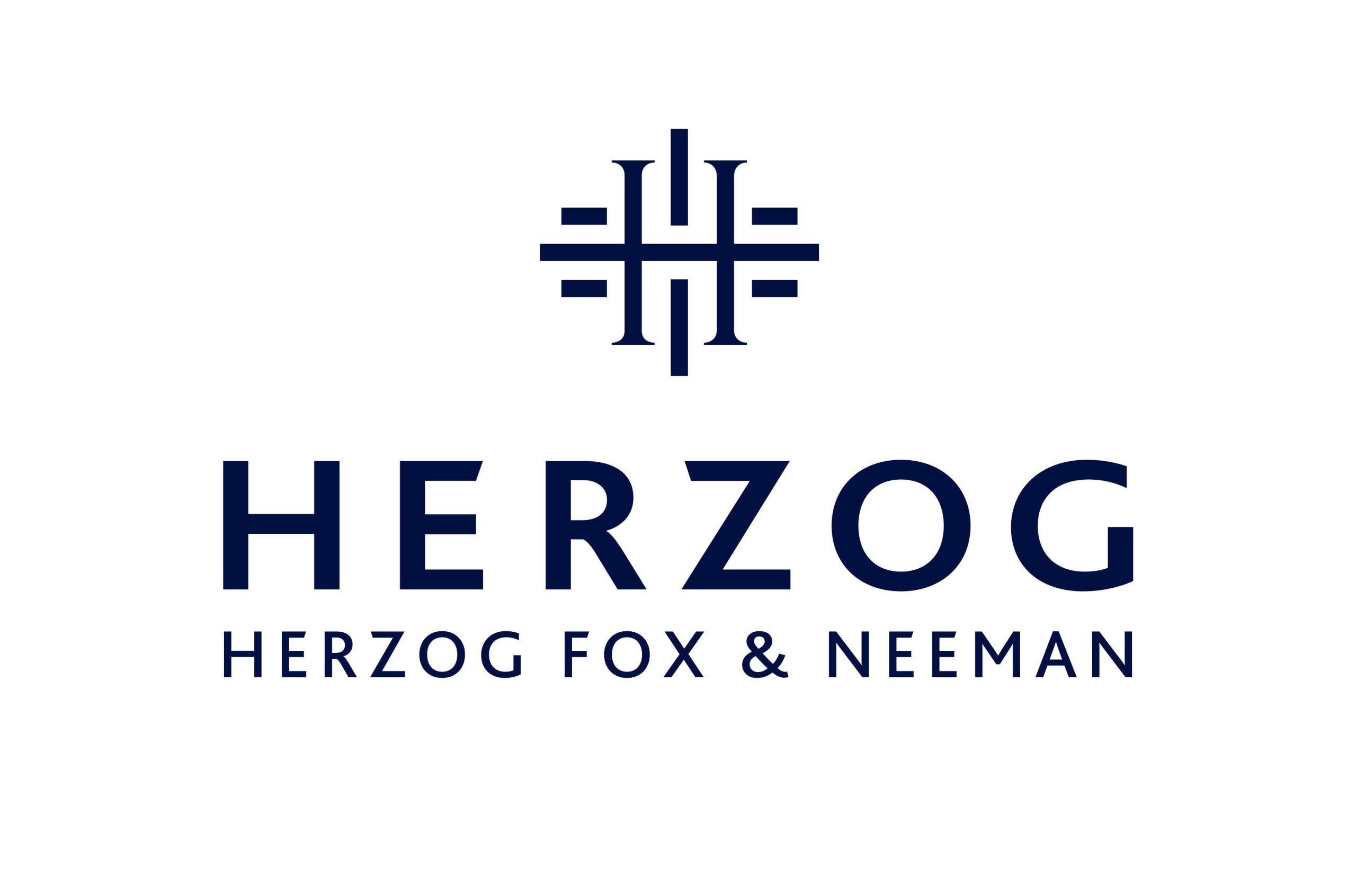Mastering Clinical Trial Agreements: A Comprehensive Guide for Biotech Companies
28 January 2024
In the dynamic intersection of technology and healthcare, clinical trials represent a critical juncture. For tech companies embarking on this journey, Clinical Trial Agreements (CTAs) are foundational documents that require careful navigation. As a commercial tech lawyer, my expertise lies in helping clients understand and negotiate these complex agreements. This comprehensive guide outlines the pivotal components of CTAs, ensuring your entry into clinical trials is both legally sound and strategically advantageous.
1. Understanding of the Trial’s Scope:
The core of a CTA lies in its detailed description of the trial. This encompasses the study drug or device, the medical condition being targeted, and the specific methodologies outlined in the study protocol. Understanding the protocol is essential, as it dictates every aspect of the trial, from patient recruitment criteria to the procedures for data collection and analysis. The agreement should align with the protocol, ensuring legal alignment with the trial’s scientific objectives.
2. Selection of Investigators and Sites:
Choosing the right investigators and clinical sites is more than a logistical step; it’s a strategic decision impacting the trial’s success. It involves assessing the investigators’ qualifications, experience in similar trials, and their resources. The reputation and track record of the site also play a significant role, as it influences patient recruitment and the quality of data collected. The CTA must clearly define the roles and responsibilities of the investigators, aligning them with regulatory and ethical standards.
3. Adherence to Regulations:
Navigating the labyrinth of regulatory requirements is non-negotiable. This includes compliance with the FDA, EMA, or other relevant regulatory bodies, adherence to Good Clinical Practice (GCP) guidelines, and ensuring informed consent is obtained and documented. The agreement must reflect these regulations, detailing the processes for regulatory submissions, reporting adverse events, and maintaining data integrity.
4. Intellectual Property Rights and Data Ownership:
Intellectual property (IP) rights are particularly critical in CTAs involving tech companies. The CTA must clearly specify who owns the data and results generated from the clinical trial. Generally, sponsors aim to retain ownership to leverage the data for product development, regulatory submissions, or further research. However, complexities arise when trials involve multiple parties, such as research institutions or other collaborators, who might claim partial or full ownership. A well-defined IP clause in the CTA ensures that the sponsor secures the rights to any inventions or discoveries made during the trial. This is crucial for the sponsor as it provides them exclusive rights to utilize these findings, whether for further research, development of new products, or obtaining patents. For tech companies, especially those in the early stages of development, owning the IP can be the key to securing further funding, entering strategic partnerships, or gaining a competitive edge in the market.
5. Publication and Sharing of Results:
Balancing the investigators’ interests in publishing trial results with the sponsor’s need to protect sensitive information and IP rights is delicate. The CTA should provide a framework for reviewing and approving publications, often allowing the sponsor a period to review manuscripts before they are made public. This clause is crucial for maintaining confidentiality while adhering to academic and ethical standards. Sponsors may require a delay in publication to file patent applications or to analyze data for marketing strategies. However, lengthy delays can be a point of contention with investigators. CTAs typically establish a mutually agreeable timeframe within which the sponsor must review and approve publications, balancing the needs of both parties.
6. Indemnification and Insurance:
Indemnification clauses are intended to protect the parties from financial liabilities due to lawsuits, claims, or losses related to the trial. They essentially function as a risk-transfer mechanism, ensuring that each party is responsible for the consequences of its own actions or negligence. A typical indemnification clause in a CTA will specify that the sponsor agrees to indemnify the investigators, the site, and sometimes the ethics committee, against claims arising from the use of the study drug or device, except in cases of negligence or willful misconduct by these parties. Conversely, investigators are often required to indemnify the sponsor against claims resulting from protocol violations, data mismanagement, or other breaches of the agreement.
Indemnification clauses are typically backed by insurance policies. CTAs often require parties to maintain adequate insurance coverage to fulfill their indemnification obligations. This could include professional liability insurance, clinical trial insurance, or other forms of coverage relevant to the risks associated with the trial.
7. Financial Arrangements:
The financial aspects of a CTA go beyond mere compensation. They encompass payment schedules, provisions for unanticipated costs, and clear definitions of reimbursable expenses. Transparency in financial dealings is critical, especially in light of laws like the Physician Payments Sunshine Act, which mandates public disclosure of payments to healthcare professionals.
8. Terms and Conditions for Termination:
The agreement should stipulate clear conditions under which either party can terminate the contract. This includes scenarios like non-compliance with the protocol, ethical concerns, safety issues, or regulatory changes. The termination clause should provide for orderly wind-down procedures, ensuring patient safety and data integrity.
9. Data Management and Privacy:
In an era where data is invaluable, managing trial data with utmost care is paramount. The CTA should address data handling, privacy concerns, and compliance with laws like HIPAA or GDPR. This includes stipulations on data encryption, storage, and access rights, ensuring that patient confidentiality is upheld.
10. Handling of Adverse Events and Safety Monitoring:
The agreement must outline procedures for reporting adverse events and the mechanisms for safety monitoring. This is vital for patient safety and regulatory compliance. The sponsor’s responsibilities in monitoring and reporting these events should be explicitly stated, aligning with regulatory expectations.
Conclusion:
Clinical Trial Agreements are more than legal formalities; they are strategic tools that shape the trajectory of a tech company’s venture into medical research. They require a deep understanding of legal, regulatory, and scientific domains. As legal advisors, our role is to ensure that your involvement in clinical trials is not only compliant with regulations but also strategically positioned for success.





